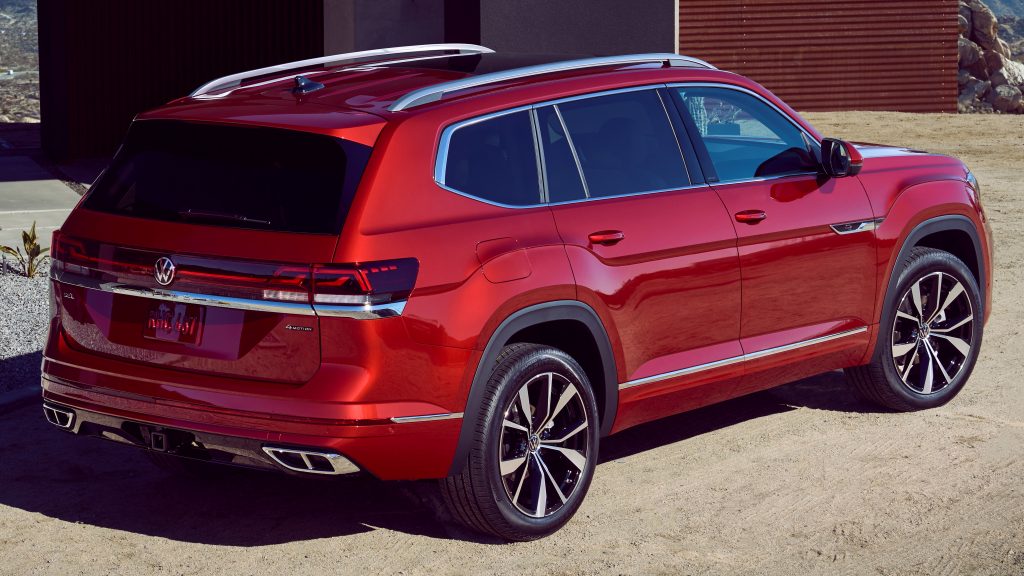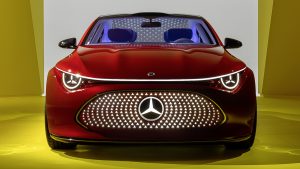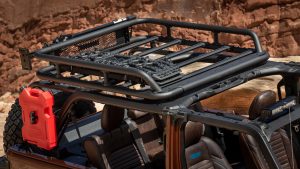We all know about their rise and fall. However, when everyone thought minivans were becoming history, they find a market niche with which to attract the spotlights again
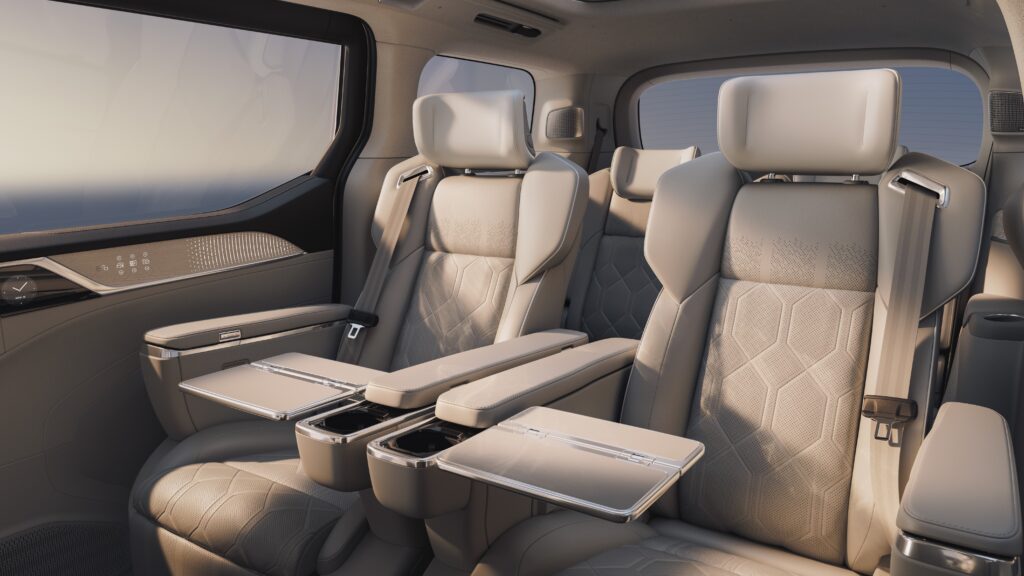
- Did you think that minivans were dead or, at most, restricted to niche sales?
- In the age of reinventing car concepts, they are coming back as limousines
- Lexus and Volvo have joined Buick in a new type of luxury minivans for China
Minivans had a busy life since the beginning: their creation is credited to not one, but three cars. With the Renault Espace, the Chrysler siblings, and the Nissan Prairie, the category was set to conquer the world.
The initial skepticism would quickly vanish once people saw their benefits. Minivans use height and clever functions with their seats (usually seven) to offer enormous room despite moderate external dimensions.
This body style became popular in the whole world and had examples from the tiny Peugeot 1007 to the full-size Toyota Alphard. However, such market domination would quickly end through the 2010s.
SUVs took over for being more attractive, but that does not negate the strong suits of a minivan. Decades later, it turns out that those strong suits have found a new market niche where they can be appreciated.

First, what is a minivan?
I always like to start an article by showing you the background of its topic. The original minivans were like the Espace above: tall, boxy, and not too long. The short engine compartment is another common trait.
Their seats are often individually adjustable. That means you can fold or remove them according to how many people and how much cargo to take. The front ones can also swivel back to form a living room.
Now, keep in mind that there is no magic: the only way they can offer that space with moderate external dimensions is by compressing everything else. That is the case with the trunk area and the engine bay.
All things considered, the primary goal of a minivan is to efficiently transport a family. The problem is that their commitment to that brought them opportunities and problems compared with other body styles.
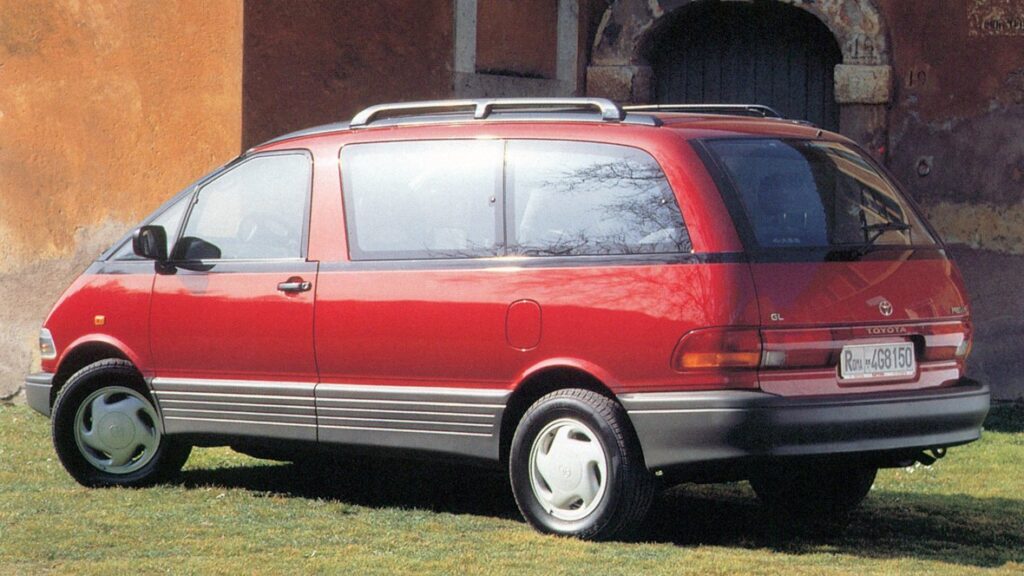
Why were minivans superseded?
Difficult steering, tall driving position, lack of sportiness etc. are only symptoms. The root of the problem is that minivans are not desirable. People buy them out of necessity or convenience rather than interest.
Such pragmatic approach is only suitable to commercial vans, which are used for work. Families want their vehicle to be beautiful, stylish, and enjoyable to drive besides meeting their rational needs such as space.
We can say that crossovers and SUVs became the new trend because they offer a better balance between those rational needs and the desirability that comes with their rugged design and higher performance.
Since the 2010s, minivans were reduced to a few market niches. The USA still has full-size models, such as the Honda Odyssey, while the Chevrolet Spin sells well in Brazil mostly for no longer having direct rivals.

What happened ever since?
First, SUVs became popular and took many customers who used to drive minivans. That, together with the natural changes of our society, made both manufacturers and buyers rethink how they interact with cars.
One result of that was reinterpreting luxury. People began to dissociate “luxury car” from that image of a black, boxy sedan with a stretched wheelbase, lots of wooden trim inside, and huge and thirsty engines.
It does not come as a surprise that SUVs were the first choice to materialize the new luxury car. However, the industry could not use their typical off-road traits; the luxury segment had requirements of its own.
Models like the Bentley Bentayga and the Mercedes-Benz EQS SUV show that the body style had to adapt to the new segment. And, as I explain here, that process ended up taking it closer to another body style.
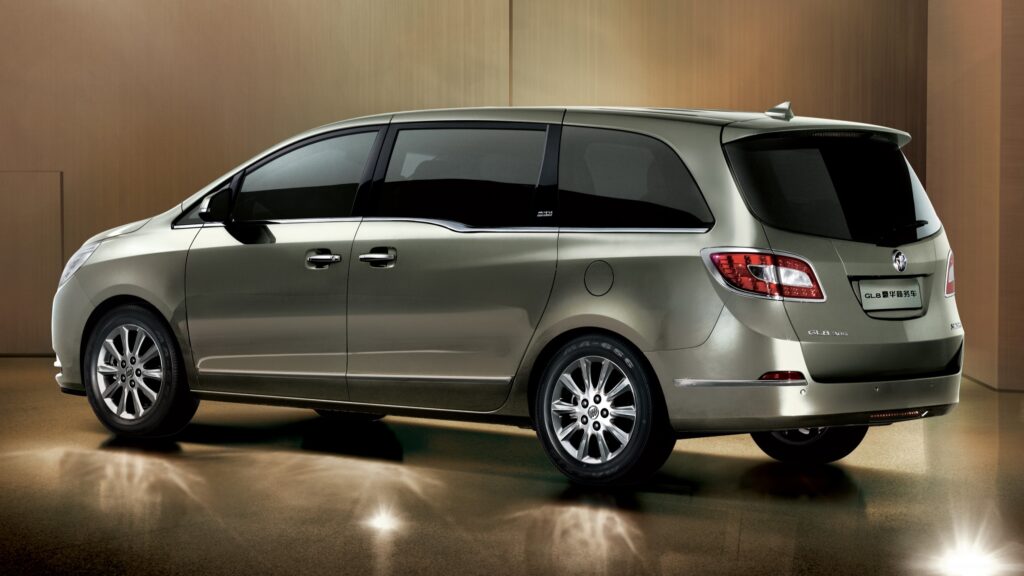
What does that mean?
Take Mercedes-Benz as an example. The G-Class is an off-road SUV with a fancy cabin. However, its sturdy construction makes it too harsh for the luxury segment. And its old-fashioned design limits cabin room.
Now, the EQS SUV has both a smooth ride and a roomy cabin. But it uses a platform built for city driving and a pod-like design to reduce aerodynamic drag. It is surely far from the concept of off-road vehicle.
Carmakers have been adapting the SUV body to suit the needs of typical luxury cars. But that is pushing them so far from their original concept that models like the EQS SUV are barely recognizable as an SUV.
The goal to reinvent the luxury car is open, so some companies have decided to try a new approach: they are using a combination of van and minivan. There are not many results so far, but they are all awesome.
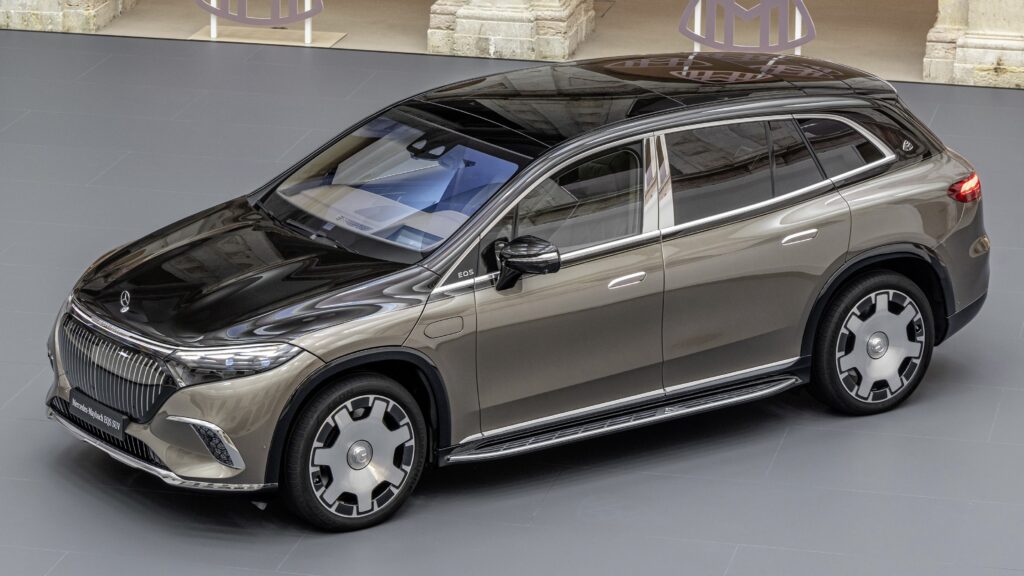
Van and minivan… what’s the difference?
Typical minivans are often smaller, as their name anticipates, and focused on family use. Vans borrow their platform from cargo models, so they are larger and offer up to 16 seats in their long-wheelbase versions.
Such features are tailored to professional use. Many companies provide services such as airport transfers, city tours, and A-to-B transportation for staff members in occasions such as conferences and trade fairs.
Though the V-Class/EQV does a nice job at the upper end of this segment, we fall into the same situation as before. Limousine levels of comfort, silence, and dynamic behavior are too much to expect from them.
SUVs and large vans have done great jobs, sure, but there was still room for improvement. Now that the Buick GL8 was joined by the Lexus LM and the Volvo EM90, it is time to pay attention to this new niche.
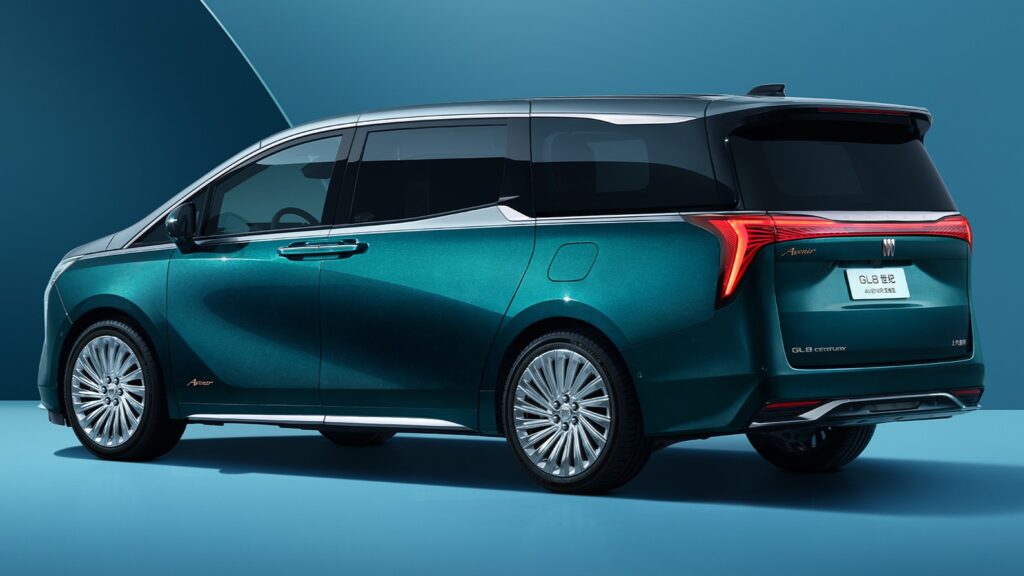

What is a luxury minivan?
The brick-like external shape anticipates a lot: the point of attention here is the cabin. Not the front seats, though they enjoy plenty of comfort, quality and space. We are talking about the middle and rear seats.
Their regular versions offer everything you expect from a modern luxury car. Countless electronic systems for safety, adaptive suspension to minimize vibration, smooth and durable upholstery, adjustable seats…
The big difference, however, is another version. Those luxury minivans can have the rear seats as captain chairs. They get enough room for footrests and a huge screen that isolates the cabin from the front area.
Besides that, each minivan has its tricks. The LM’s seats recline like beds; the EM90 uses ambient lighting to get people in a better mood; and the GL8 has roof LEDs that emulate a starry sky like Rolls-Royce does.

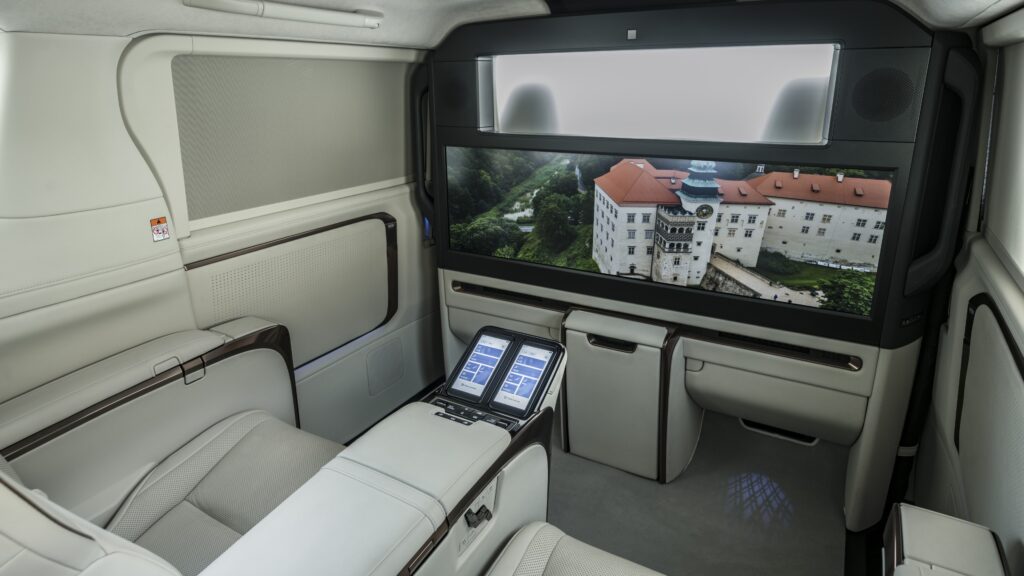
Is that their definition of luxury?
There is much more to that. I have already written that luxury is more than simply adding items, and these minivans follow that notion. They aim to improve the passengers’ well-being in obvious and subtle ways.
The GL8 offers full connectivity with phones, tablets and laptops; you can get work done, take a video call, or simply watch a movie while in the car. Everything from the giant screen in front of the captain chairs.
The LM uses seat design and suspension tuning to reduce body motion, plus noise cancellation. However, Lexus did not tune them to the maximum because it would cause the discomfort of sensory deprivation.
When it comes to the Volvo, official data are scarce so far. But we already know it is fully electric, so it is easier to offer a silent ride. It also offers quick charge and, in Chinese testing, 738 km (459 miles) of range.
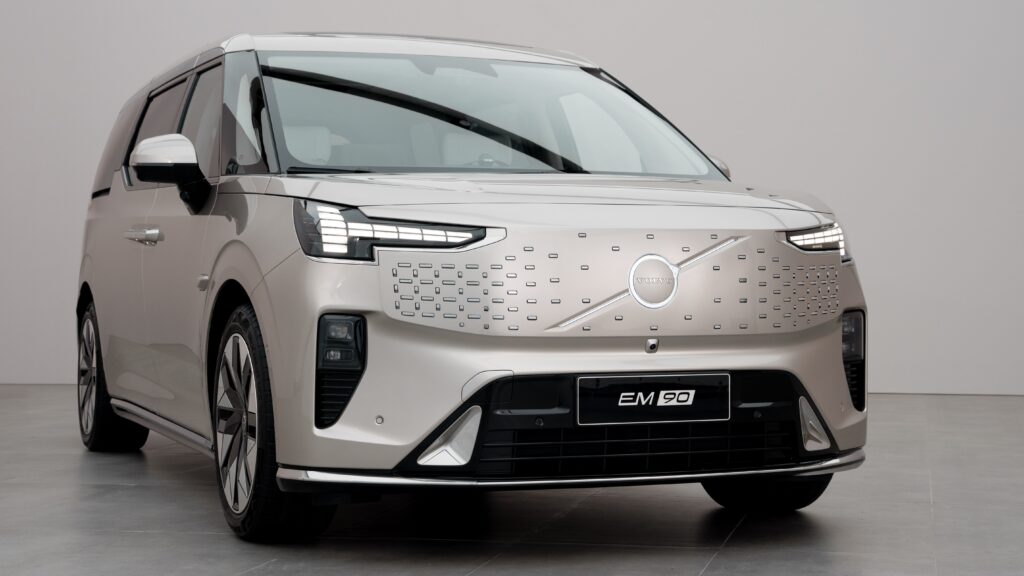

Why are minivans good luxury cars?
They trade in the elegance of a sedan for internal room. One result of that is the possibility to either seat three or more rows of people, or seat only two with enough room to stretch their legs and even lie flat.
Another interesting touch is that giant screen right behind the front seats. It keeps the tradition of having a partition to isolate the rear part of the cabin but adds an item that can be useful for countless reasons.
Last, but not least, we can mention the space-saving solutions that have always characterized minivans. They help providing room for small objects and for luggage without compromising the area of the seats.
The biggest downsides are the moderate engine performance and the unusual design. However, both are consequences of committing to their role: minivans prioritize offering a comfortable and spacious cabin.
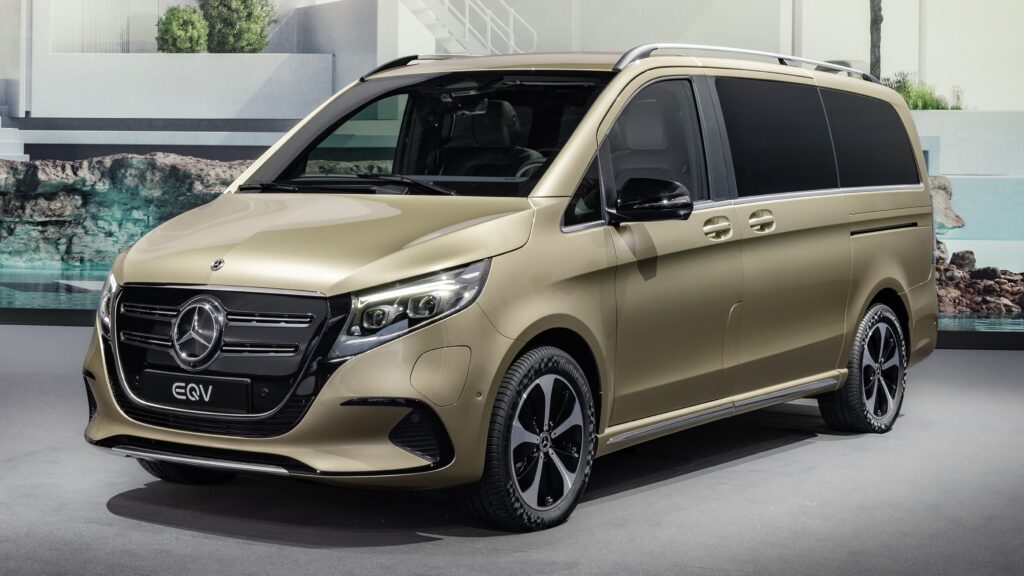
All those minivans first appeared in China. But the LM has already gone to Europe too and the EM90 is expected to do the same. That is a promising market especially if they can snatch buyers from large vans.
Now that you have learned a lot about luxury minivans, what is your opinion on the matter? Do you think they have what it takes to become the new reference among luxury cars or are they just a market niche?
You may also like
The article above comments on how SUVs have become so popular that it can be hard for us to understand what is that body style in nowadays. Check out this article to read more about it!
Danillo Almeida has explored his passion for cars in two distinct ways. The first one is his graduation course in Mechanical Engineering, which will hopefully lead to a job position in the field. The other one is expressing his knowledge and opinions on the matter through writing. Almeida has already contributed to blogs, stores, and websites in general writing automotive content in many formats.

